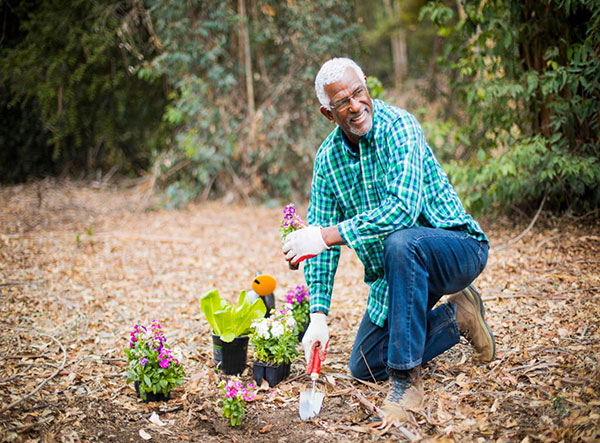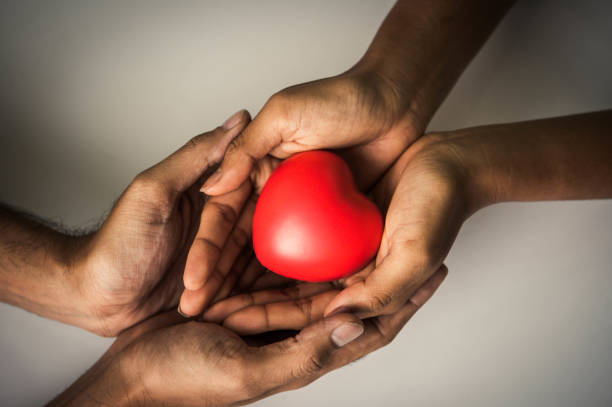Loading
Every buzzword has its beginning.
In early 2020, few had heard of “Social Distancing.” By March, however, “Social Distancing” had become part of the universal lexicon.
In the transplant community, it’s just a matter of time until “Liquid Biopsy” becomes the latest buzzword.
What is a Liquid Biopsy?
The liquid biopsy uses fragments from the blood to give information that is usually found from taking a solid biopsy. The science has been widely used in cancer diagnosis and management, replacing invasive sampling with a non-invasive blood test.
As cells undergo changes, injury, or natural death, their DNA fragments are released into the blood stream. These fragments are known as cell-free DNA (cfDNA),1 and they provide a continuous stream of information. In the case of cancer cells, a liquid biopsy is detecting the cfDNA coming from the tumor.
Read the full article, here.
Loading







